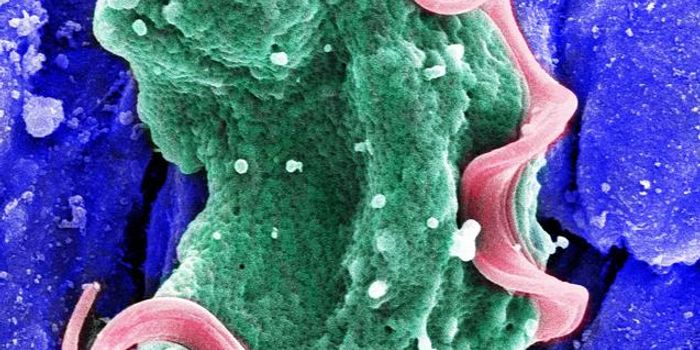Chandipura - An Outbreak of the Deadly Virus Has Killed at Least 38 Kids in India
India is experiencing the most severe outbreak of a disease known as Chandipura virus in decades. In an outbreak that started in June 2024 and is ongoing, the virus has caused infections in over 100 people, and led to the deaths of at least 38 individuals, who have mostly been children and teens. The majority of cases have occurred in Gujarat state, but recently cases have been reported in neighboring states as well, and surveillance is beginning in other areas.
Sand flies, mosquitoes, and ticks carry the Chandipura virus, which is part of the Rhabdoviridae family, along with rabies. Infections initially cause flu-like symptoms like fever. But they can progress rapidly to brain inflammation, or acute encephalitis, as well as seizures, coma, and eventually, death.
There are no vaccines for the virus, and treatments like hydration, oxygen therapy, and ventilation, are only aimed at relieving symptoms. In previous outbreaks, fatality rates have been very high at 56 to 75 percent. Children and young people usually experience the worst outcomes.
Scientists are still learning about how the virus infects human cells, and there is a lot we don't know about it. But one theory is that when infected insects bite people, the virus spreads to the bloodstream, where the pathogen invades immune cells called monocytes. The virus replicates there without being detected by the immune system, and probably uses these cells to get into the brain. After the virus enters the brain, it seems to release a molecule that is phosphorylated (a phosphate group is attached) that may lead to the death of infected individuals, although the exact mechanisms are still unknown.
More research is urgently needed on this virus, which is not a recent discovery but has seemed to be causing more problems in recent years.
The virus was first discovered in India in 1965. The first major outbreak occurred in 2003 in the Southern Indian state of Andhra Pradesh. The virus seems to be limited to India right now. But in the 1990s, researchers detected the virus in sand flies in Sengal, and in wild monkeys in Sri Lanka.
Chandipura is one of a number of viruses that have been spiking in recent years. Other than the COVID-19 pandemic that is ongoing, there have also been unusually high rates of the mosquito-borne dengue virus in many different parts of the world. There have been local cases of malaria in the US that are unrelated to travel as well. Climate change may be one factor. Experts have cautioned that shifting land use and climate will very likely increase the chances for zoonotic pathogens to spread.
Sources: The Conversation, Indian Journal of Medical Research









